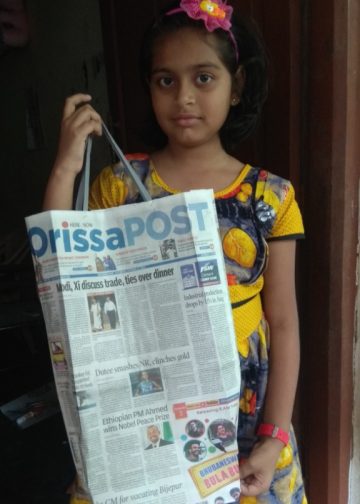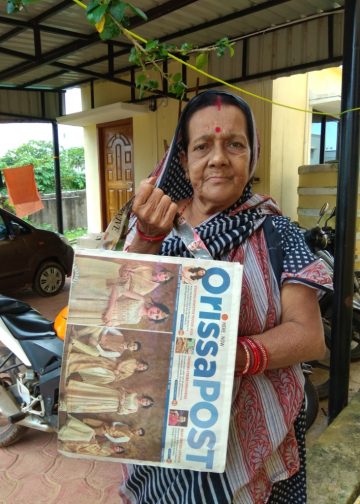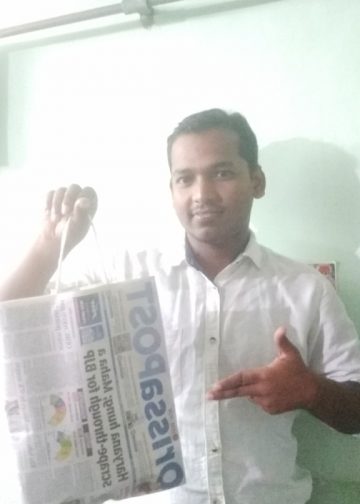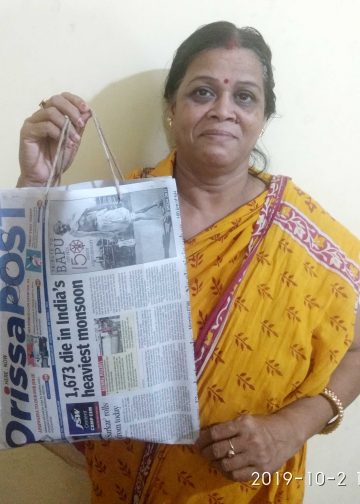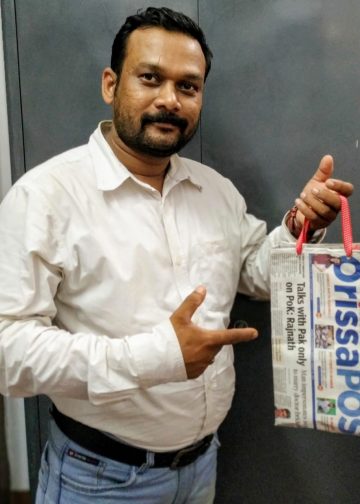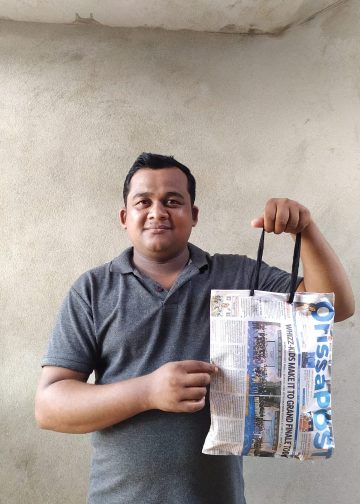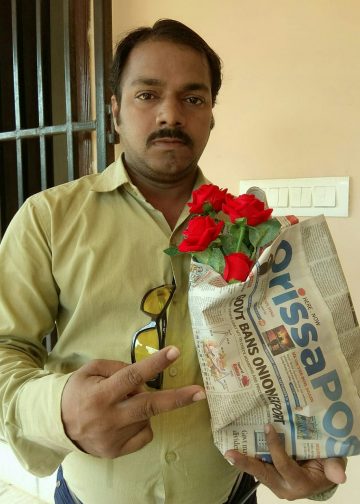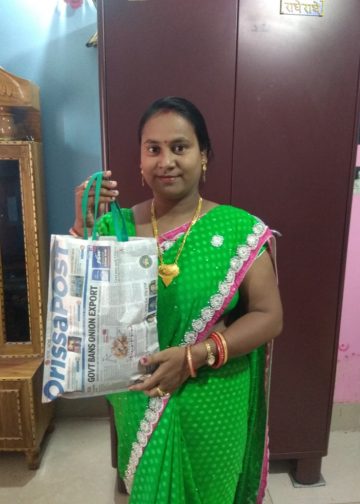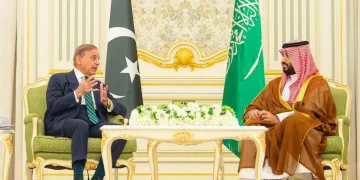Aruna, euthanasia
Sir: Aruna Shanbaug’s is an incredibly sad story of a comatose patient surviving for the longest duration of time to become the face of the debate on euthanasia in India. With her death Monday after 42 years in a vegetative state, time has come to tackle the issue of euthanasia more boldly.
The real issue is the right to die with dignity — which has two broad angles. One involves persons who can’t decide for themselves (cases like Shanbaug, or minors or old people with dementia who may be in extreme pain by cannot take a rational decision); the other involves people who are otherwise competent to decide to end their lives for various reasons, especially extreme pain, but are not allowed to do so by the law.
Euthanasia is controversial for many reasons: The most important reason is often religious. Most religions oppose the idea because they see it as going against god’s will. But religion is never rational on this score. Since god’s will can never be known, it makes no sense to pander to his presumed will. It is human reasoning that must prevail. The second reason is that neither family nor doctors feel comfortable playing god themselves.
This is a real issue. The state clearly has to set foolproof criteria on who can take these decisions, and create panels that can supervise passive or active euthanasia.
K Ravi, GGP Colony, BHUBANESWAR
Aruna, service
Sir: Aruna Ramachandra Shanbaug’s case is exemplary for the entire world in many ways. Of special note is the limitless service the medial fraternity –doctors and nurses — rendered at the KEM hospital, Mumbai. India is a land of Lord Buddha and Mahatma Gandhi who preached peace and non-violence. Fora protracted period of 42 years, the staff at the hospital cared for bed-ridden Aruna with so much love and affection, even as she could not respond to the good work they did for her. She was in her vegetative state, but serving her was a cause dear to the medical fraternity. Even the doctor who was all set to marry her when the heinous crime on her took place, stood by her bed for two years. Despite the Supreme Court’s guidelines for passive euthanasia, the nurses and doctors did not resort to the same but relentlessly supported her to remain alive. This was something very, very remarkable and appreciable.
Rajalingam Bondada, Military Line, BERHAMPUR
Naxals, others
Sir: According to the central ministry of home affairs, Naxalites killed about two persons for every member they lost, and also snatched 536 sophisticated weapons from the security forces. A senior IPS officer has noted in his recently published book on Naxals, “We are fighting the war on their terms, not on our terms.” The question is, whether we have the will to pursue this course of action. All stakeholders have their vested interests in keeping this problem alive. It helps state governments to extract money from the Centre in the name of speeding up development in tribal areas, and also for security purposes; it provides NGOs a platform to hold forth and gain publicity and some money too; it allows thugs and criminals to ensure that their financial channels and political clout keep rising. Does it really matter to them or any officer if a few lives in uniform are lost in this billion-plus country?
Dr Ramakant Panigrahi, Teachers’ Colony, Golopokhari, PIPILI
Palestine Prospect
I t was a significant moment in the history of the struggle of Palestinian people to get a state of...
Read moreDetails






